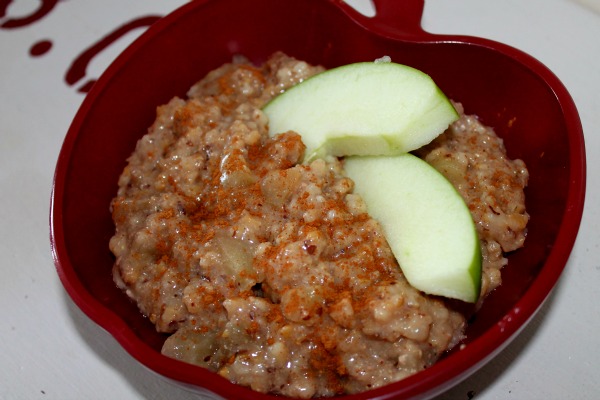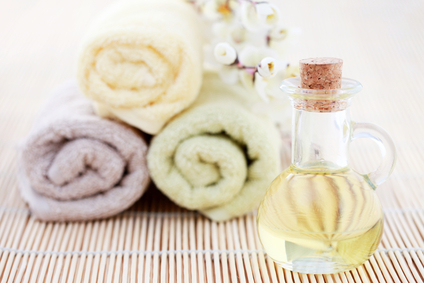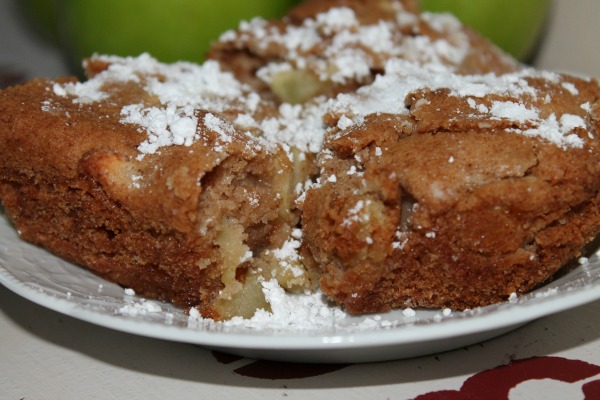My Blog = My Life: apple
Raspberry Peach Crumble

10 Healthy Snacks Children Love

How A Single Income Family Can Afford A Whole-Food Diet

UPDATE: Le Macaron Makes Headway

Homeschool Printables

Appetizers

Growing Your Blog While Managing Your Home | The Ultimate Guide For Christian Mommy Bloggers

Homemaking

Resources

Squares/Snacks

Recipes



